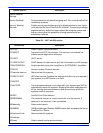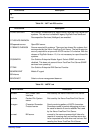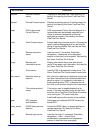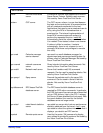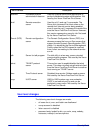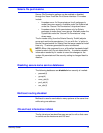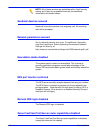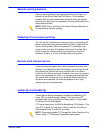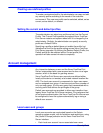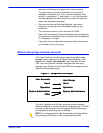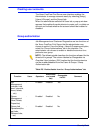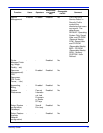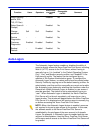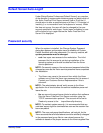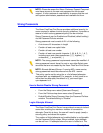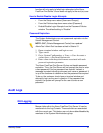
14 Security Guide
Creating user-defined profiles
To create a customized profile, the administrator can copy and edit
any security profile according to the needs of the customer
environment. This new user profile can be selected, edited, set as
current, set as default, or deleted.
Setting the current and default profiles
The administrator can select any profile and set it as the Current
Profile. This Current Profile persists throughout Xerox FreeFlow
Print Server restarts and system reboot until it is changed by the
administrator. Similarly, the administrator can specify a security
profile as a Default Profile.
Specifying a profile as default does not enable the profile, but
indicates that it will be the profile setting across Xerox FreeFlow
Print Server upgrades. By clicking the Restore Default Profile, the
Default profile can be selected as the Current profile (this
operation will take several minutes to complete).
Account management
Any interaction between a user and the Xerox FreeFlow Print
Server is associated with a user account and is done via a logon
session, which is the basis for granting access.
Xerox FreeFlow Print Server user accounts are defined either
locally at the device or remotely at a trusted network location like
ADS. The local user account is composed of a logon user name
and an assigned user group. A user account can be a member of
only one user group. It is the user group that is associated with a
security profile that defines the privileges of the group.
Default user accounts are provided to allow easy transition from
legacy Xerox FreeFlow Print Server versions. For customers that
do not require authentication, the Xerox FreeFlow Print Server can
be configured to have the system automatically log on using a
default user account.
Local users and groups
Local user accounts are constructed based on the Solaris
operating system model, with its limitations and restrictions, using
the [Users & Groups] selection on the Xerox FreeFlow Print
Server interface.
• Each local user account has an associated user name



